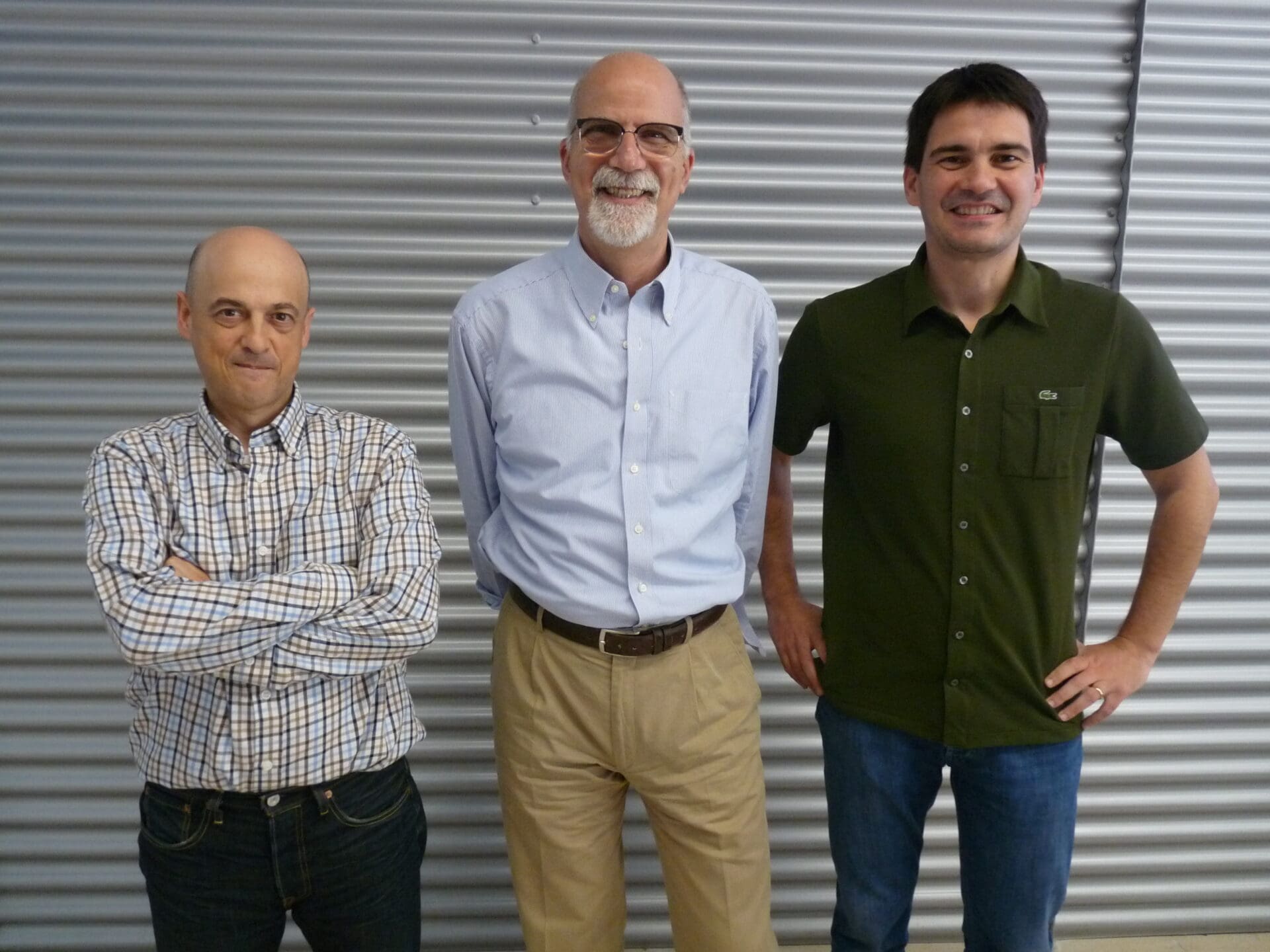
 08/05/2015
08/05/2015
 12:00
12:00
 ICIQ Auditorium
ICIQ Auditorium
- Lecturer: Prof. Maurizio Prato
- University: Università degli Studi di Trieste (Italy)
Synergies between chemistry and nanotechnology: applications to neurosciences and energy
Nanometer-scale structures represent a novel and intriguing field, where scientists and engineers manipulate materials at the atomic and molecular level to produce innovative materials for making composites and for electronic, sensing, and biomedical applications. Carbon nanomaterials, such as carbon nanotubes, carbon dots and graphene, constitute a relatively young class of materials exhibiting exceptional mechanical and electronic properties, and are also promising candidates for gas storage and drug delivery.
Processing of these novel building blocks is severely limited by a number of inherent problems: purification from a variety of impurities, difficult manipulation and low solubility in standard solvents are only some of these problems. For these reasons, several strategies have been devised to make carbon nanostructures “easier” materials. In particular, chemistry plays a fundamental role, since it leads to functionalized carbon nanostructures, which are much more easily processible and offer the possibility of introducing the desired functions, useful for practical applications.
During this talk, we will show the role that Chemistry can play in nanotechnological applications. In particular, we will discuss how with carbon nanotubes are ideal materials for integration with neuronal tissues. Nanotubes are compatible with neurons, but especially they play a very interesting role in interneuron communication, opening possibilities towards applications in spinal cord repair therapy.
In addition, in combination with catalysts of different nature, carbon nanotube modified surfaces can serve for many scopes. Experiments aiming at the splitting of water to give oxygen, and therefore, molecular hydrogen, ideal for clean energy generation, will be described.
Other events

Let's create a brighter future
Join our team to work with renowned researchers, tackle groundbreaking
projects and contribute to meaningful scientific advancements



















